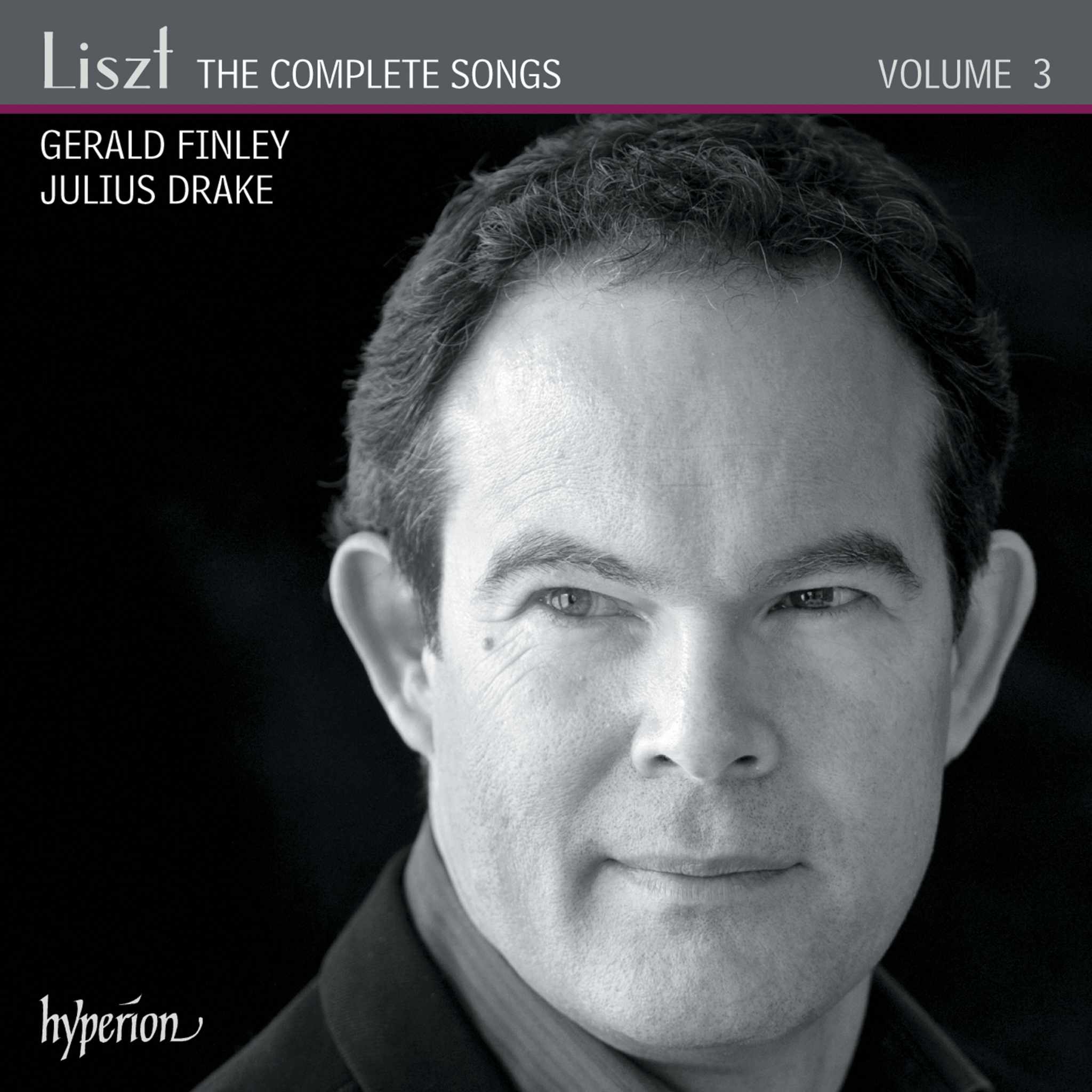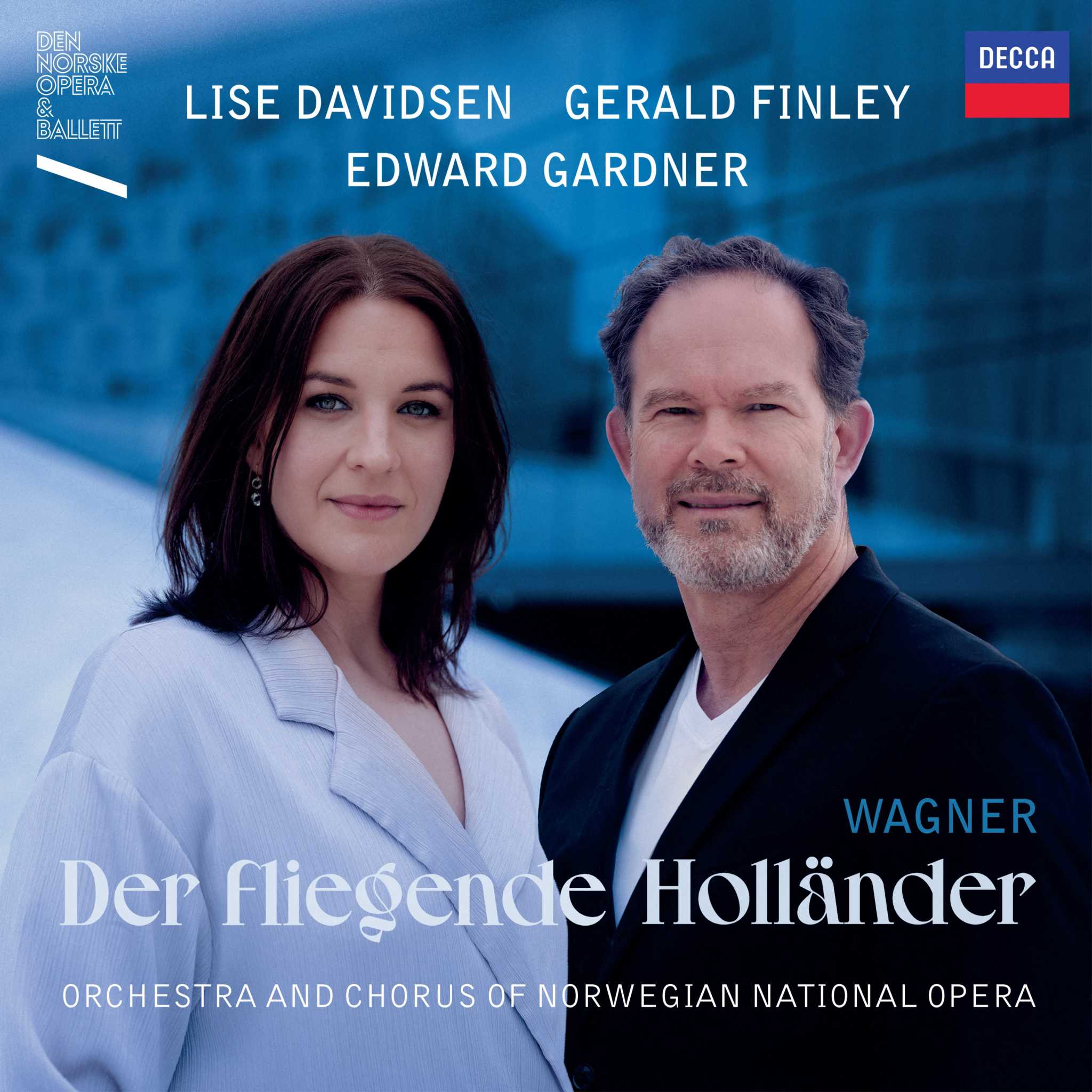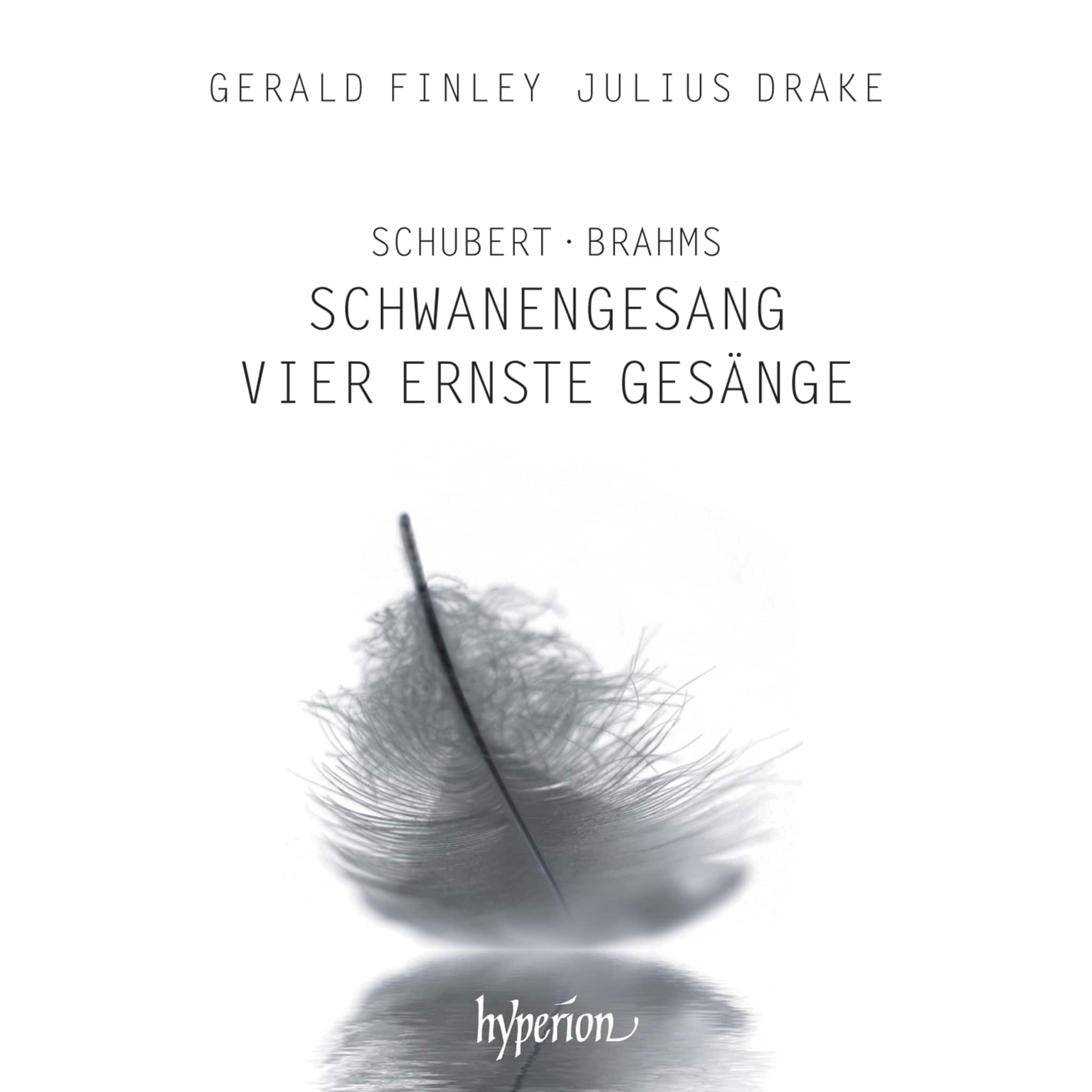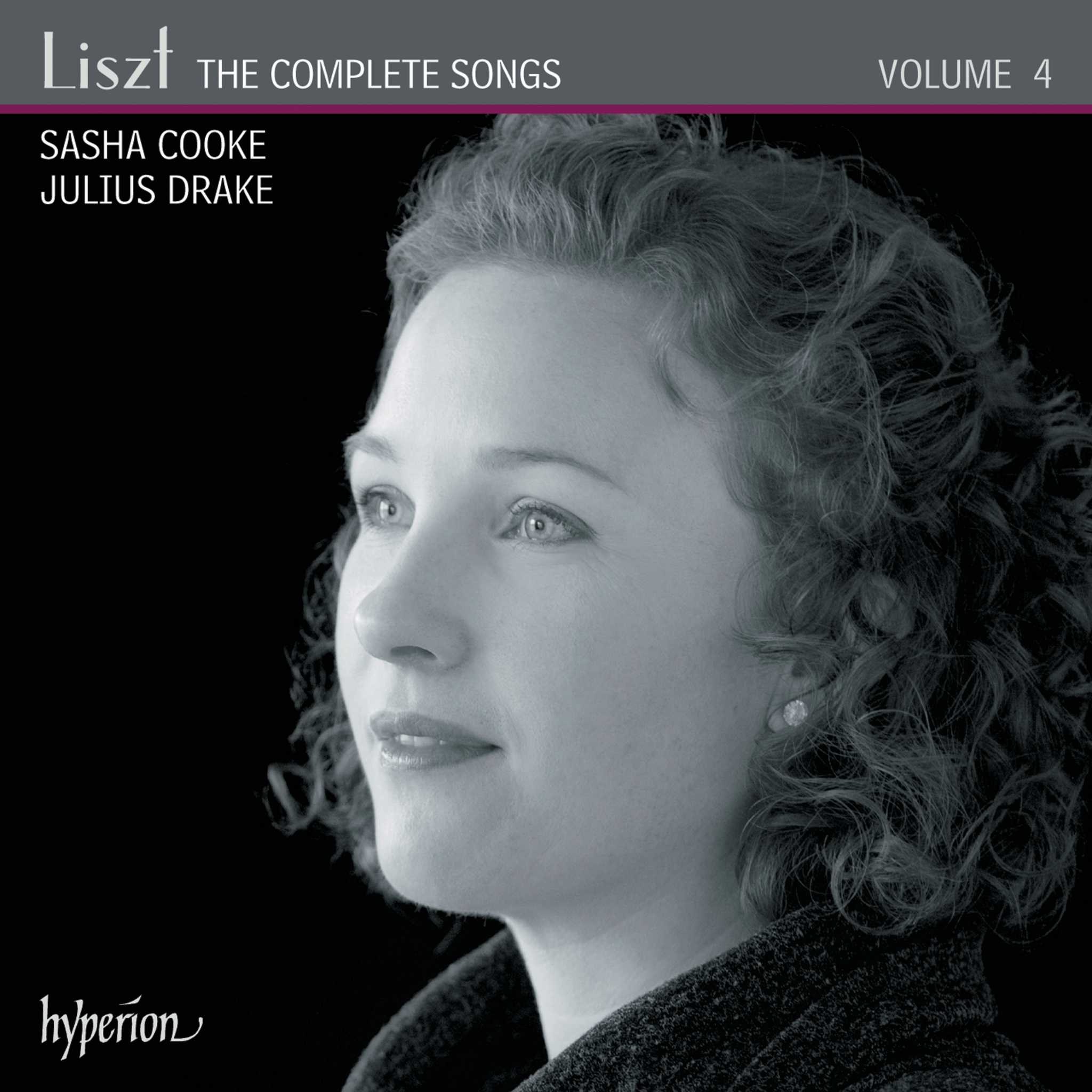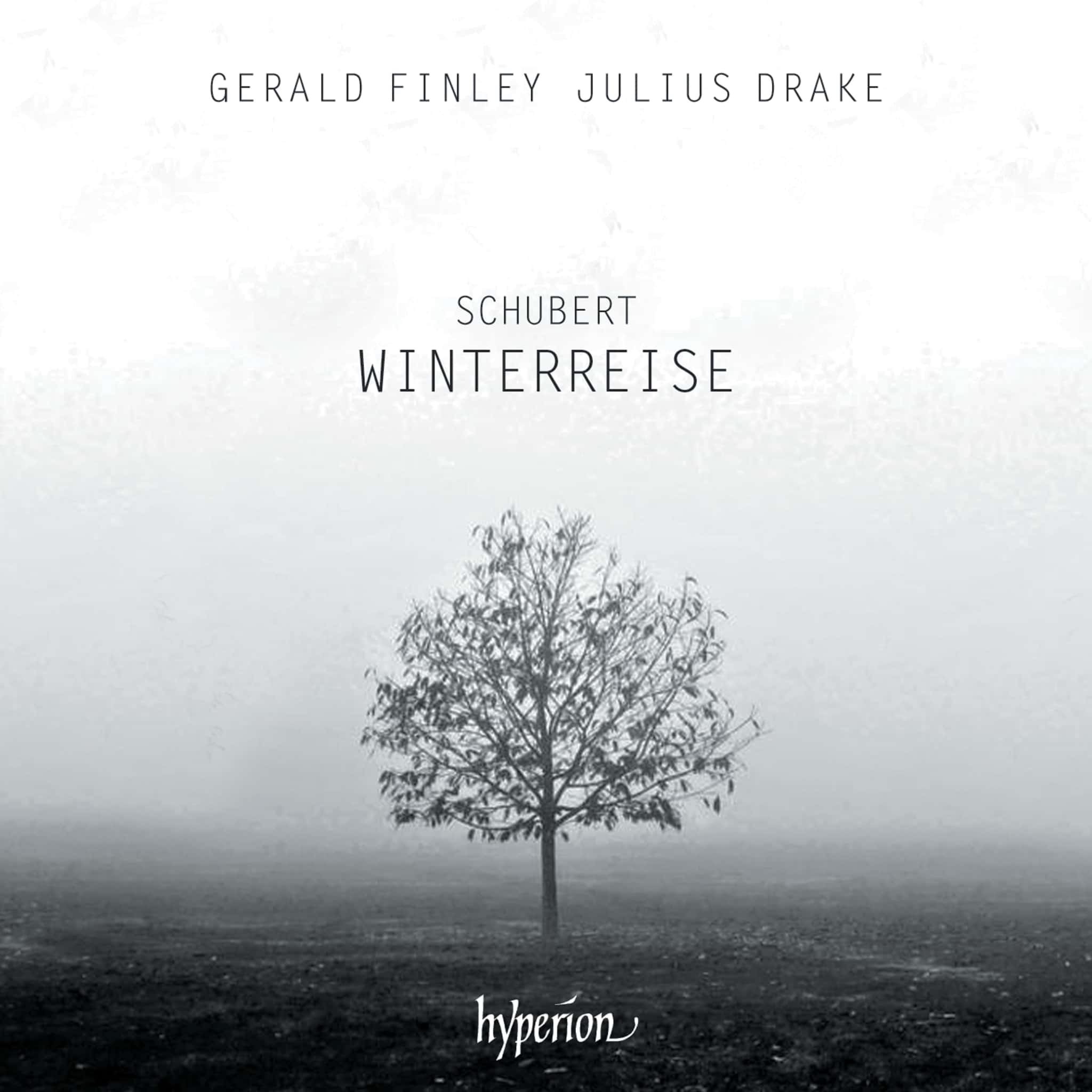Album insights
William Byrd, England's leading composer during Elizabeth I's time, appeared to have retired from the active life at the court around 1593, his fiftieth year. He moved with his family from Harlington near today's Heathrow Airport to a village deep in the rural area of Essex, far from London. His new residence in Stondon Massey was close to Ingatestone, one of Sir John Petre's private estates in Essex, a wealthy supporter of Byrd and a fellow Roman Catholic.
This relocation sparked a new phase in Byrd's compositional journey. His motets on protest and adversity, composed in an extensive, often madrigalian style, were deeply rooted in the plight of England's Roman Catholic minority. Starting in 1593, Byrd conceived and completed the ambitious task of creating music for Roman Catholic liturgy and devotions in a concise style that aligned with the demands of Catholic reformers, particularly the Jesuits, to whom he had apparent connections.
The initial works completed within this distinctive framework were the settings of the Mass Ordinary in 3, 4, and 5 parts, published between 1593 and 1595. The pinnacle came a decade later with two volumes named Gradualia, published in 1605 and 1607. These collections primarily focus on the proper of the mass for major Catholic liturgical events, along with special masses dedicated to the Virgin Mary and the Holy Sacrament. Noteworthy is the consistent use of texts from the reformed Roman Missal of 1570, displaying Byrd's acknowledgement of England's Catholic musical heritage.
Byrd's meticulous approach led to the creative composition of 25 intricate pieces, mainly in the five-voice setting, each correlating to varied aspects of the liturgy dedicated to the Virgin Mary. These pieces expressed a mix of religious fervor and a militant spirit, reflecting the Catholic Reformation rather than nostalgic elements.
The collection of Mary masses featured in this recording encompass not only approved Mary feasts from 1605 but also votive masses honoring the Virgin Mary. Votive masses were celebrated for specific events or purposes, such as venerating a saint believed to intercede before the heavenly throne. Byrd's method, though rigorously organized, allowed for polyphonic adaptation to fit subtly into the liturgical context.
The system within Byrd's Gradualia collection, while intricate, provides an avenue for modern listeners to mirror the experience of his contemporaries. It sheds light on the aesthetic sensitivity he maintained throughout his composition, often reflecting a deeper liturgical meaning that may elude casual listeners.
By delving into Byrd's intricate schema, music enthusiasts can uncover hidden nuances and appreciate the meticulous craftsmanship behind each piece, providing a glimpse into Byrd's creative brilliance amid challenging times of religious persecution and political unrest.

